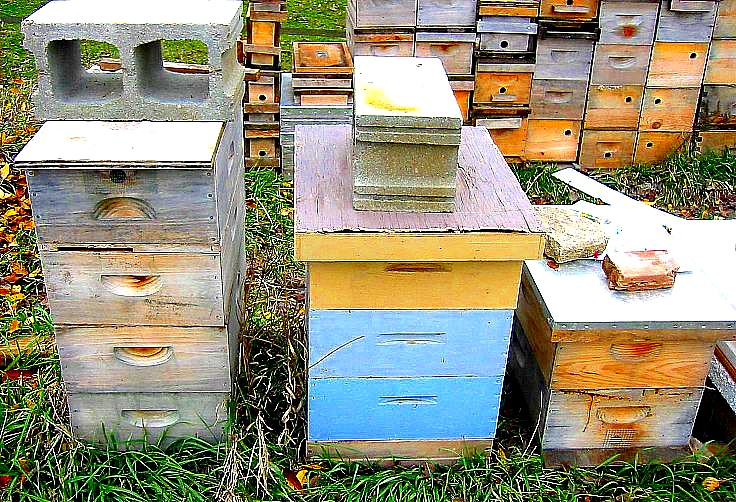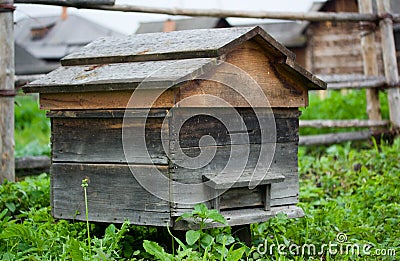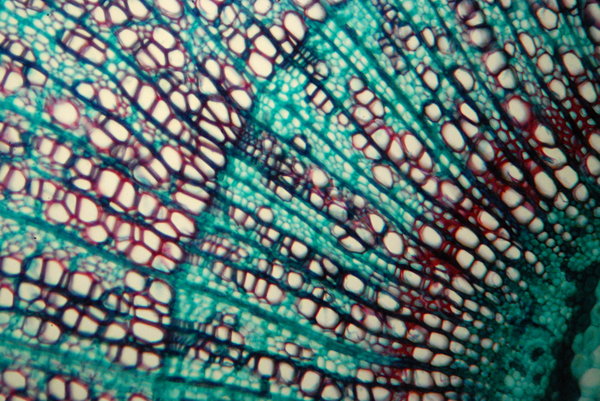Plenty of honey
Field Bee
- Joined
- Aug 24, 2015
- Messages
- 963
- Reaction score
- 13
- Location
- Brittany, France
- Hive Type
- Dadant
- Number of Hives
- 260 + (Nucs and Honey production)
Interested in anyones experiences and results with this process.
I am currently painting a load of hives up and wonder if this is really something i should be looking to move to for the future.
Theres is a really good info sheet on this i was sent from an australian beekeeper
its : https://rirdc.infoservices.com.au/downloads/01-051
looking to do this properly, one would need a fair size tank or vat that could take entire bases, hive bodies and roof parts.
The cost of set up can be a fair bit, tank burner, safety gear etc etc but i am more interested to know about how the hive parts that were treated now look after years of being in the field with no further maintenance.
I do know that paraffin wax here is now banned and a substitute and apparently safer non carcinogenic microcrystalline substitute is a good equivalent.
A friend of mine, who keeps bees in Portugal and the uk has dipped his hives and said "i will never look back, much better than painting".
His dipping tank in a cut down oil drum, sitting on concrete blocks. The specialised heat regulating device, consists of moving logs further in or out of the fire that burns directly underneath.
Whats everyones experiences please.
I am currently painting a load of hives up and wonder if this is really something i should be looking to move to for the future.
Theres is a really good info sheet on this i was sent from an australian beekeeper
its : https://rirdc.infoservices.com.au/downloads/01-051
looking to do this properly, one would need a fair size tank or vat that could take entire bases, hive bodies and roof parts.
The cost of set up can be a fair bit, tank burner, safety gear etc etc but i am more interested to know about how the hive parts that were treated now look after years of being in the field with no further maintenance.
I do know that paraffin wax here is now banned and a substitute and apparently safer non carcinogenic microcrystalline substitute is a good equivalent.
A friend of mine, who keeps bees in Portugal and the uk has dipped his hives and said "i will never look back, much better than painting".
His dipping tank in a cut down oil drum, sitting on concrete blocks. The specialised heat regulating device, consists of moving logs further in or out of the fire that burns directly underneath.
Whats everyones experiences please.
Last edited:







